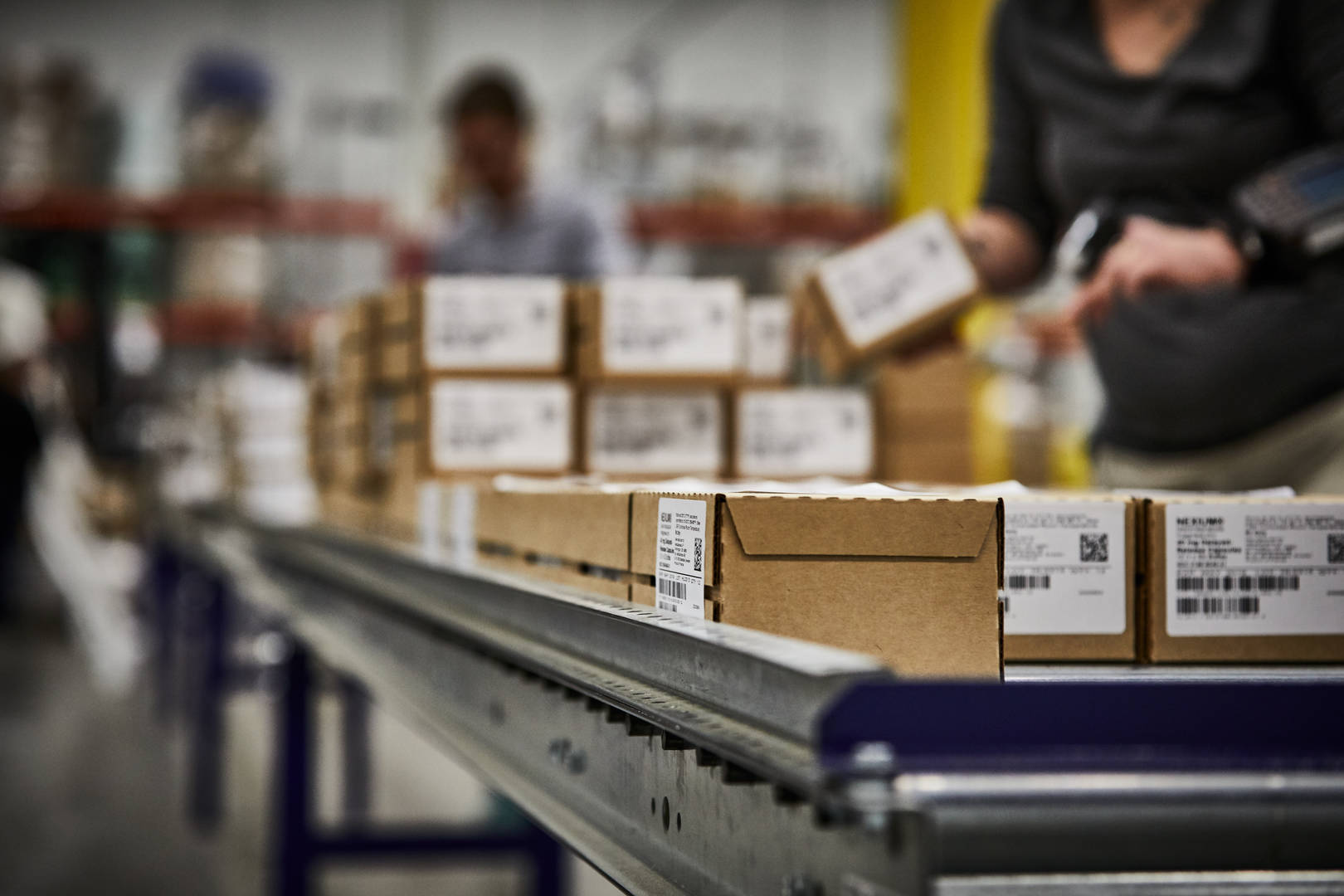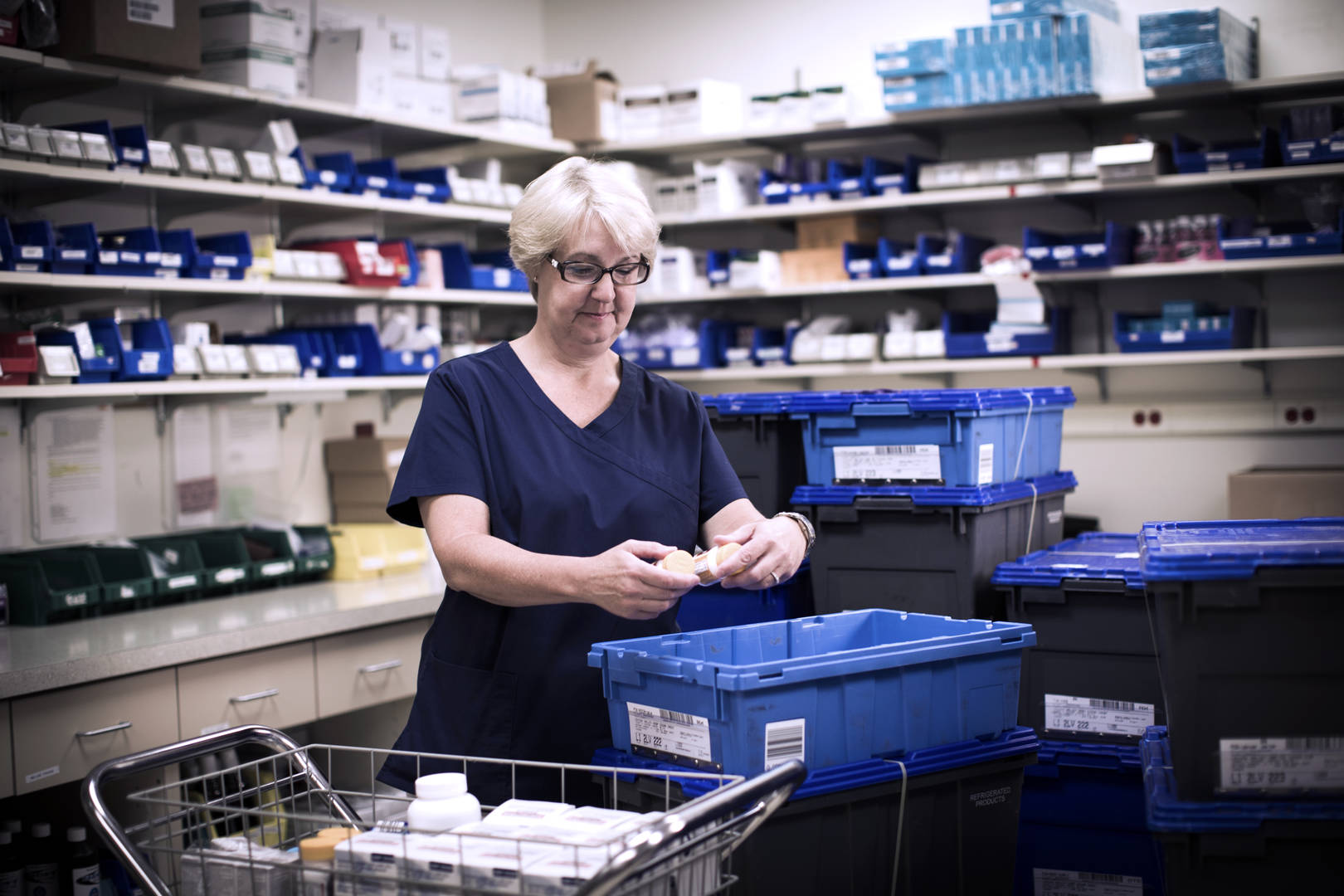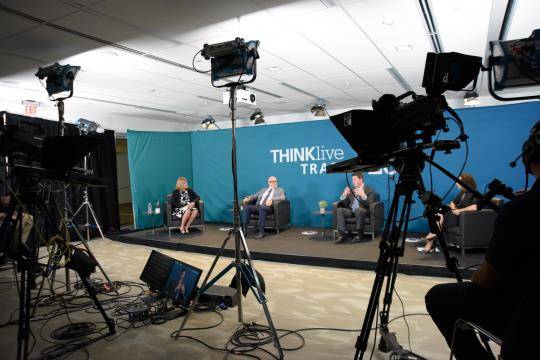Blockchain for the Pharma Supply Chain
Explore beyond the buzzword to learn how blockchain can help make the supply chain more secure.

Myth:
Fact:
Pharmaceutical distributors actually make money by charging manufacturers a percentage of their product’s wholesale acquisition cost (WAC), or list price, for distribution services. Even though our distribution infrastructure investments are significant and position us to ship more than three million medication units per day, this fee covers a broad range of services beyond logistics. Those services include:
- Contract, order and pricing management
- Aggregated data on pricing, orders and inventory across all classes of trade and products
- Activities and investments that protect the supply chain against fraud that harms patients
- Customer service and sales outreach to tens of thousands of healthcare organizations
- Strategic investments to grow key markets
And perhaps most importantly, distributors take on financial risk by taking title to and carrying inventory. We also extend credit for the products we buy from manufacturers and sell to customers. Distributors infuse critical cash into manufacturers’ areas of core competency (like R&D) and ensure critical products are on pharmacy shelves for the customers who need them.
"We can’t ignore the role we play as bankers. That’s a role that tends to be undervalued and one that delivers an immense amount of stability to the healthcare industry. We play that banker role every day when we take financial ownership of products, assuming the risk of collecting payment from provider customers and allowing manufacturers to invest in innovation."
Myth:
Fact:
The compensation distributors receive is not driven by the "spread".

Myth:
Fact:
Myth:
Fact:
Without distributors, costs to the entire healthcare system would go up:
- Distributors save providers 6.5% in financing costs for specialty drugs2
- The specialty drug supply chain without distributors would generate incremental distribution costs of $8.6 billion3
- A subset of distributors’ value-added services for physician practices (e.g., reimbursement support) exceeds $1 billion per year4
Myth:
Fact:
Directmodels make what is already a highly efficient model far more complex.

2. The Role of Distributors in the U.S. Specialty Pharmaceuticals Value Chain. Center for Healthcare Supply Chain Research. December 2015. Accessed August 2018. Available online at https://www.healthcaredistribution.org/resources/role-of-the-specialty-distributor-in-the-pharmaceutical-value-chain
3. Ibid.
4. Ibid.


